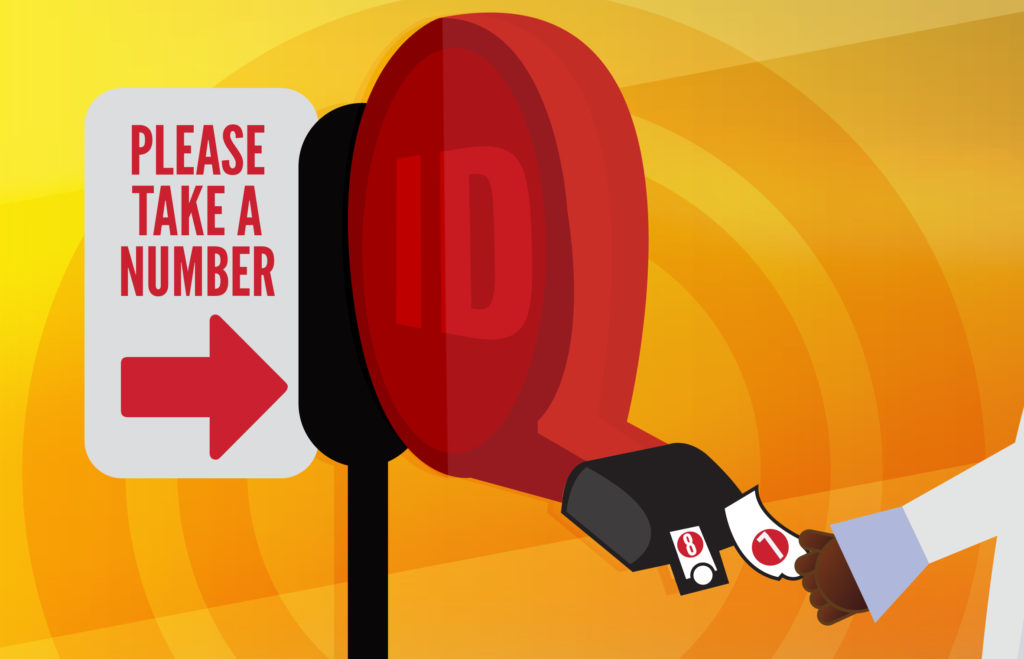
Board meetings can be taxing on CEOs. Think about it. You’re standing in front of a group of suits that can fire you on the spot if they feel you’re underperforming. You’re out in the open. Naked. Vulnerable. Insecurities exposed for all to see. One wrong move and you could be back on the bread line. A board meeting puts you front and center.
Before we get into exactly how we can make this experience less soul-crushing, let’s take a gander at what makes a board meeting so brutal to begin with.
Brutality of board meetings
Board meetings are long. They’re a torture chamber. Those machine cogwheels that Charlie Chaplin was trapped in and smashed by in the movie Modern Times, that’s what it’s like to go through a board meeting.
It’s extremely difficult to tell your startup’s story and show its progress when you’re being asked, nay, commanded, to talk about specific things only, like how are you spending money?
You get too many people sticking their hands in the pot. Board members invite other people to attend and suddenly everyone wants to hear themselves talk. They’ll all want to chime in and get their spotlight to show how smart they are.
There’s intense pressure. You’re essentially pitching your startup all over again. Except this time you’re pitching it to a room full of suits that can take it away from you.
“Startup CEOs tend to forget that it’s the board that works for them,” said Jeff Bonforte, former vice president of Communications Products at Yahoo! and creator of Yahoo! Mail, Messenger, and Answers.
“You have CEOs leaving these board meetings with more work on their plate to get done than when they went in. It’s brutal. You have this pressure of feeling like it’s on you to get to the finish line, but the fact of the matter is it’s also the board’s responsibility, too.”
Lessening the blow of a board meeting
One way to make board meetings less brutal and more bearable is to narrow down the things that need to be covered. Have team dynamics changed for the better? Has the market changed since our last meeting? How did that impact us? What’s our position now relative to last year? Are we doing what we said we’d be doing?
The core of a board meeting should cover temperature-check questions like this, rather than “the product should have a button that lights up on touch.”
Once you make board meetings centered on action items and temperature-check questions, suddenly these meetings become more about moving forward and being productive, and less about judging you. Suddenly, board meetings become events where highly intelligent individuals with shared interests (the interest of not losing their investment) actually, get this, work together to improve the company, rather than belittle you.
Further lessening the blow
Meet with board members individually for about half an hour before a board meeting. Ask them what issues they want you to cover and ask for their opinion on the agenda you plan to present. This helps ease tensions and minimize surprises during a board meeting.
Put together a nice packet. Sort of a pre-board meeting prepper. It should show the board members what you plan to cover during your meeting. Make sure to send out these packets at least a few days prior to the meeting. This will encourage board members to come prepared because now they’ll know what to expect.
Arrange a luncheon before a board meeting. This gives board members a chance to meet important people on your team and talk with each other without the intense atmosphere of a board meeting.
“Another thing you should do during a board meeting is, you want to sit at the table with the board members. Integrate yourself among them rather than stand in front of the room where you’ll really feel the heat,” said Bonforte.


